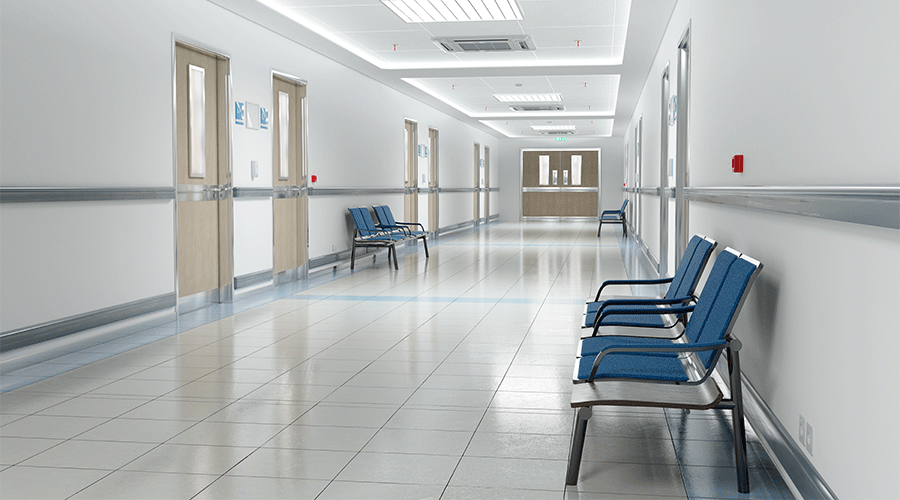Residents at long-term care facilities who used a tunable LED lighting system showed a 43 percent reduction in the rate of falls compared to control facilities that maintained standard lighting, according to study by Brigham and Women's Hospital and the Midwest Lighting Institute (MLI). c. The lighting was operated on a schedule developed by MLI that implements specific spectrum and intensity levels timed to regularize sleep-wake cycles and boost the daytime alerting effects of light.
"Falls among care home residents have major health and economic implications, and this study is the first of its kind to translate the known beneficial effects of tunable lighting on neurocognitive responses into a real-world setting and examine if changes in lighting spectrum and intensity throughout the day can reduce the risk of falls in the elderly," says Shadab Rahman, investigator in the division of sleep and circadian disorders at Brigham and Women's Hospital and assistant professor of medicine at Harvard Medical School. "We found that upgrading ambient lighting is a safe, effective, low-cost, low-burden preventative strategy to reduce fall risk in long-term care settings, one that has tremendous potential to save lives and improve patients' health and well-being."
Falls are the leading cause of injury-related death in U.S. adults aged 65 and older, and the economic impact of falls is immense, with fatal falls estimated to cost $754 million, and non-fatal falls $50 billion annually. Research has shown that blue-enriched, higher-intensity light exposure during the day can improve alertness, cognition and subsequent nighttime sleep, while blue-depleted lower intensity light exposure at night can help facilitate sleep. Implementing new lighting systems to determine if these improvements could impact patient outcomes had not previously been evaluated in a head-to-head study.
"Fall prevention is a major public health priority given our aging population, and we know that the right lighting at the right time of day can improve alertness, cognition, and sleep, leading to fewer falls," says Rodney Heller, president of MLI and partner at Energy Performance Lighting. "We believe that utilizing modern lighting technology to regularize circadian rhythm could have an enormous impact on a range of health-related outcomes, and we plan to continue our research across other healthcare settings and into specific therapeutic areas."
Study design and results
The study, initiated by MLI and supported by the state of Wisconsin Department of Health Services, was designed to assess the impact of a tunable lighting schedule on the rate of falls in long-term care home residents. The observational study examined two pairs of care homes with 758 residents. One site from each pair was selected for a solid-state tunable lighting system upgrade throughout the facility, while the other site served as a control. Energy Performance Lighting completed the installation at each of the experimental study sites.
At the experimental sites, the intensity and spectrum were changed throughout the day to increase exposure to short-wavelength (blue light) during the day (6 a.m. to 6 p.m.) and decrease it overnight (6 p.m. to 6 a.m.). Intensity and spectrum did not change throughout the day at the control sites with standard lighting. The number of falls was aggregated from medical records covering approximately 126,000 resident days to compare the rate of falls per 1,000 resident days between the experimental and control conditions.

 Hand, Foot and Mouth Disease on the Rise
Hand, Foot and Mouth Disease on the Rise Preparing for the Hazards of Winter Weather
Preparing for the Hazards of Winter Weather BayCare Reveals Pagidipati Children's Hospital at St. Joseph's
BayCare Reveals Pagidipati Children's Hospital at St. Joseph's Why Identity Governance Is Becoming a Facilities Management Issue
Why Identity Governance Is Becoming a Facilities Management Issue Habitat Health Opens South Los Angeles PACE Center
Habitat Health Opens South Los Angeles PACE Center